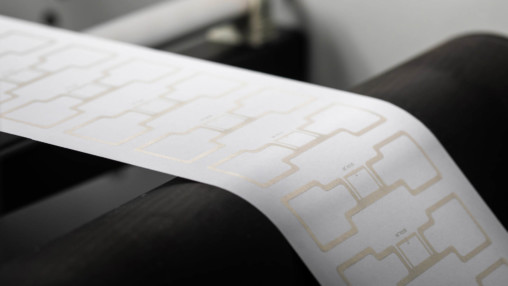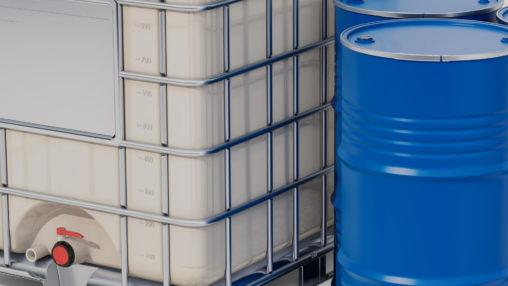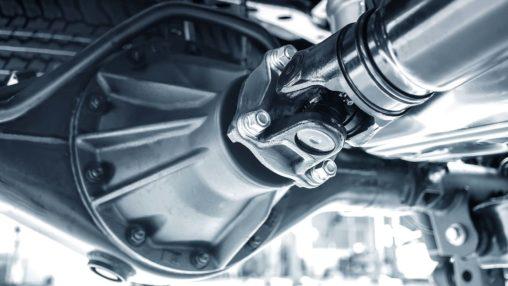Q&A of Pulp and paper tracking with RFID
Q: What size is the label/tag?
A: The two pulp industry specific tags that we provide are different sizes. Please refer to https://www.confidex.com/smart-industries/designstudio/ for more information on the Pulp and Paper Reel Labels.
Q: For the pulp bales, is there human readable information on the label? What information is on the tag?
A: We do not typically provide human readable information on the labels, but this is not to say that we cannot do this. Encoding specifications vary between customers and what they are trying to achieve. It is common to encode the product’s port destination, pulp grade, and date of manufacture.
Q: Does Confidex or Vilant work with railroad industry in USA?
A: Yes, we both have product solutions based around this industry. Confidex’s rugged Ironside Family is recommended when tagging rail assets.
Q: What specific RFID tag is used on the paper roll?
A: Our Paper Reel Label was designed for this specific use case. We developed a levelling layer within the label to give the IC more protection when paper is wrapped around the core where the label is attached.
Q: What technological challenges are there when implementing RFID tags, readers, and network infrastructure to support the paper reel solution?
A: RFID tags can be read from the paper reel cores with forklift/clamp truck RFID readers. The labels can either be embedded beneath the paper on the core, or applied externally. The placement of the antennas on the forklift /clamp truck depend on how the rolls are picked.
Q: How are the RFID tags embedded in the core rolls read by the forklift readers? Where are the antennas?
A: It is recommended that the labels be applied on the core in areas that see the least amount of pressure, if picked by a clamp truck. The RFID antennas are then mounted and pointed in the direction of where the label is placed.
Q: Can the labels be read through pulp?
A: The labels cannot be read through the pulp bales because the moisture content is extremely high. We recommend externally applying the pulp labels on all four sides of the bale to increase read accuracy. It is also important to note that pulp bales are commonly held together by metal wires, which can impact the performance of the label. It is necessary that this is considered when deciding on where to apply the labels and antennas.








